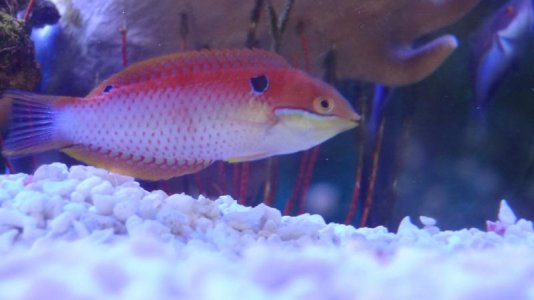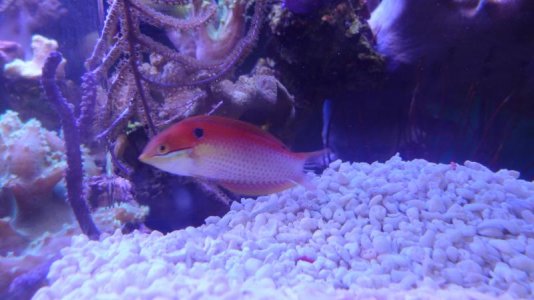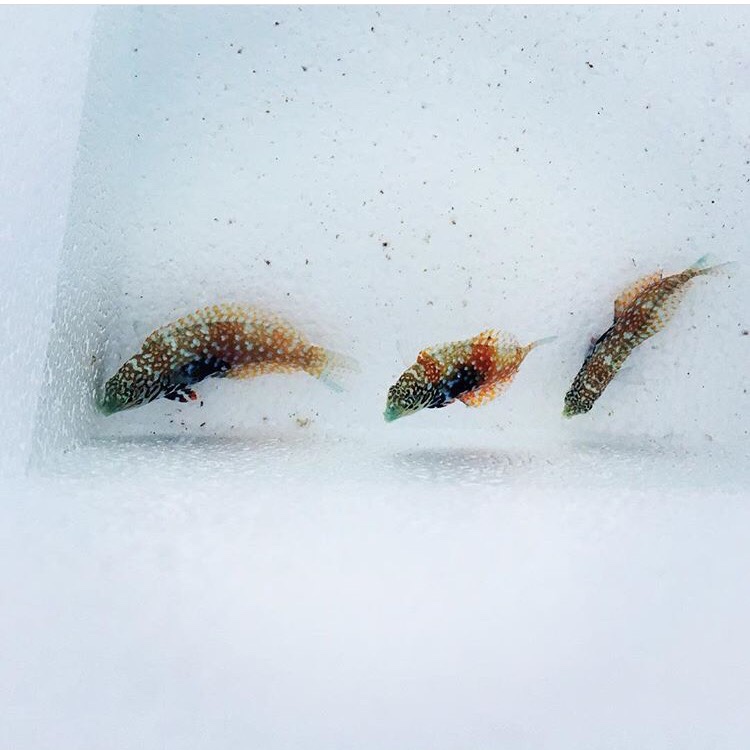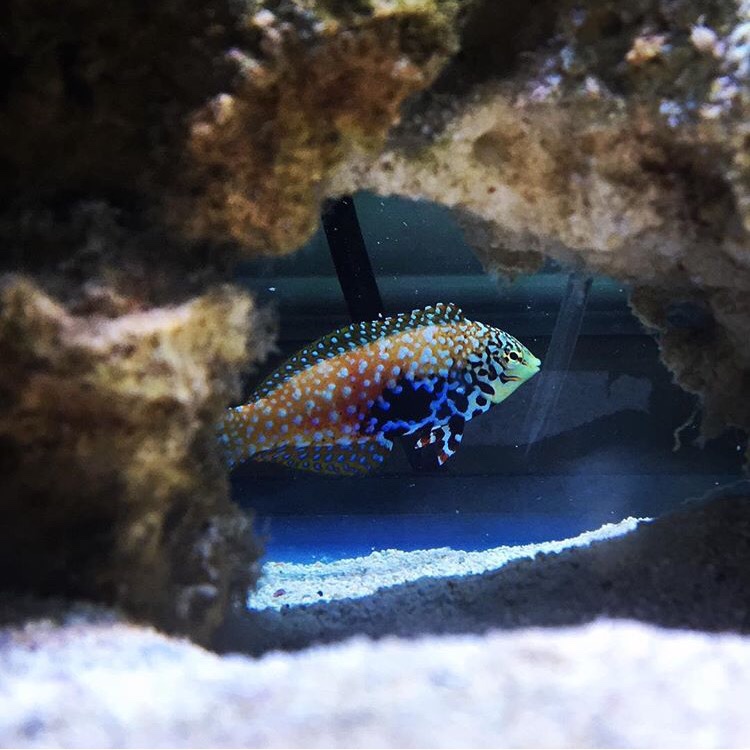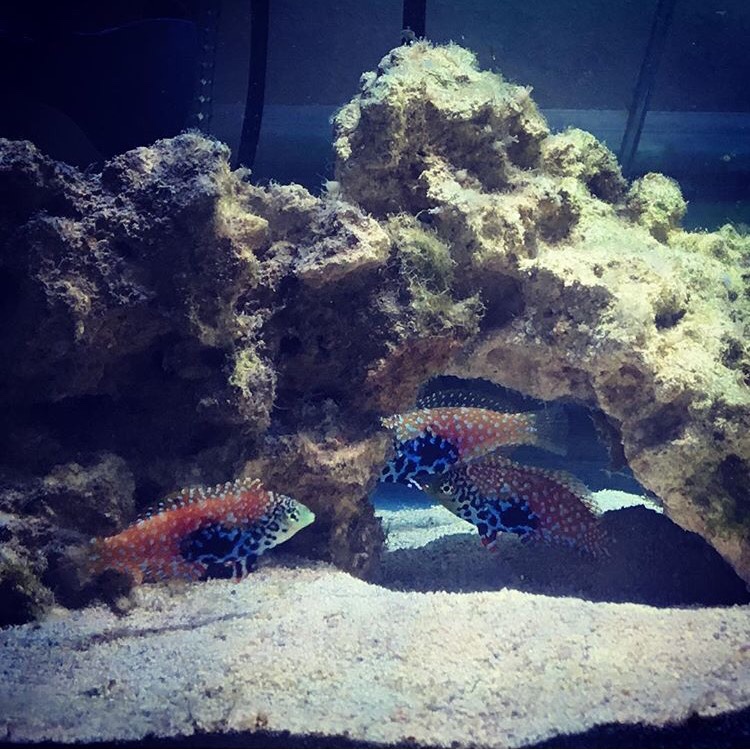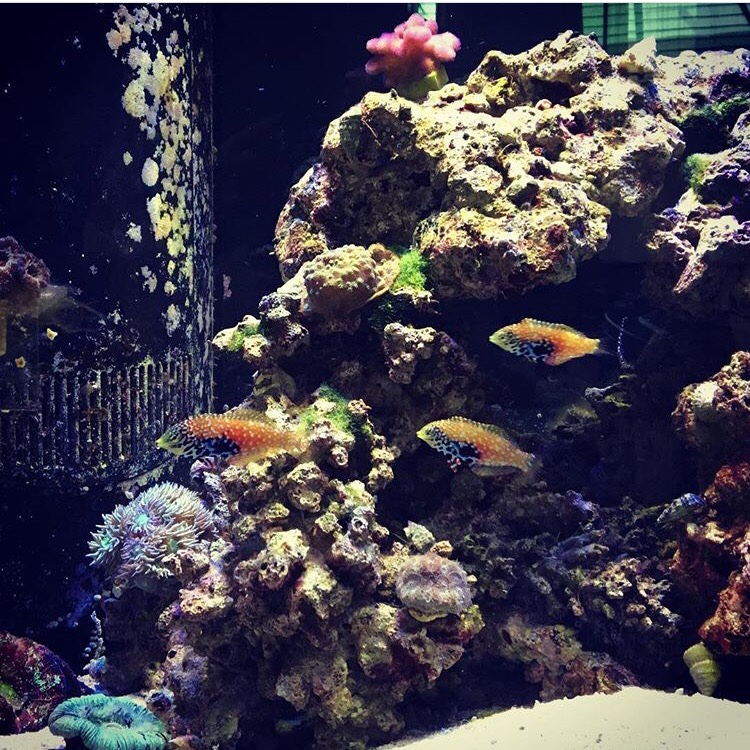tenurepro
New member
Cool. Thanks for the info. I have two ornates in my system. The larger one has been fading in color - subtle but noticeable. S(he) has been eating fine and is 'thick' so I don't think it's related to diet. Do they think it is transitioning?
Bigger ornate - 'light' body
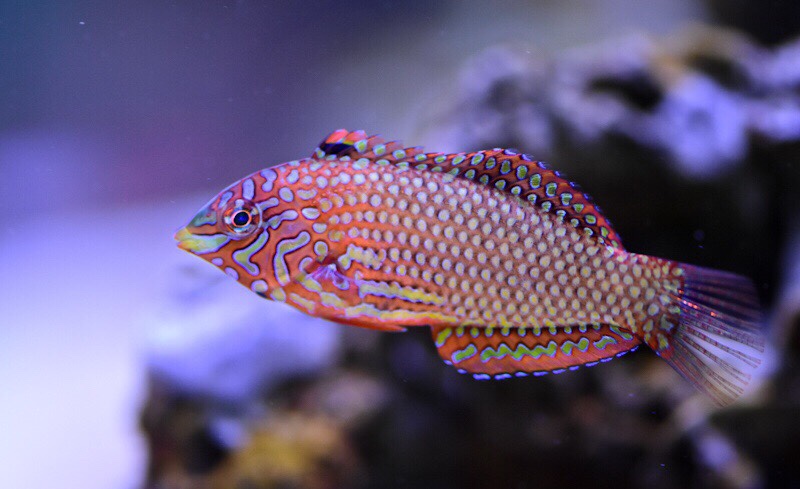
Smaller ornate - dark body
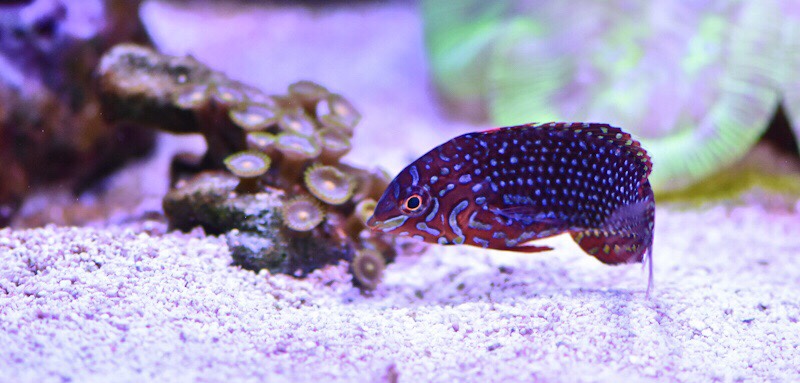
Sent from my iPhone using Tapatalk
hmmm, i am looking at these pictures again and something obvious caught my eyes... the dots on the first fish are so much larger than the dots on the bottom fish... maybe i do have transitioning male...

